Purpose
We all deal with lists almost on a daily basis. However, as we all have discovered, lists can be difficult to memorise and remember. Research shows that we have significant problems remembering a list as the list becomes longer and longer. The problem is mainly to do with the linearity of the list and its inherent lack of detail. When memorising a list we mainly use our left-side brain to make logical connections and improve our chances of recall.
In addition to our left-side brain, we can also employ our right-side brain to significantly increase our ability to memorise and recall successfully. This exercise demonstrates the significance of right-side brain abilities and how to employ it.
Objective
Compare your ability to remember a list with remembering a series of images.
What You Need
- A predefined list of items. This list can be anything. It must include a minimum of 30 items. You have two options:
- Make a series of slides where each item is in a separate slide.
- Place all the items in a table and print a copy for everyone.
- A series of images. Use a minimum of 30 images. You have two options:
- Make a series of slides where each slide shows a single image.
- Place all the images in grid and print a copy of this page for everyone.
Setup
- Explain to the delegates that you are about to show them a series of words. They must remember as many of them as they can.
- You have two options. Either you can distribute the pages with the list of words in them, or show the slides and the words one by one to the group as a whole. Whichever option you use, you must use that same option for the rest of the exercise.
- For pacing, allow them to study the list for 5 minutes or show each slide for 5 seconds and show the series twice.
- Ask the delegates to turn over the lists (or turn the screen blank) so they can no longer see the words. Ask them to write down as many as they can remember on a separate piece of paper.
- Allow 5 minutes for recall.
- Ask them to score themselves to see how many they recalled. They can share their score with each other.
- Next, explain that they will go through a similar exercise except that you will show images instead.
- Based on your chosen options show the slides or distribute the gird of images.
- After 5 minutes or when you have shown the slides with images, ask them to recall by taking notes of what they seen on a blank sheet of paper.
- Reveal the images again and let them score themselves.
- Get delegates to compare their scores with words and the score with images. Usually you would expect the performance to improve markedly with the images as they provide a lot more content and hence are much easier to remember.
- Follow with a discussion.
Timing
Explaining the Exercise: 5 minutes
Activity: 5 min round 1 + 2 min scoring + 5 min round 2 + 2 min scoring = 14 minutes
Group Feedback: 10 minutes
Discussion
How much did you recall in the first part of the exercise? Did you perform better with the images? Why? What does this suggest about our perception and memory? How can you take advantage of this and exploit your right-side brain power for everyday activities?
Note to Trainer: Explain mind maps to delegates and elaborate on it especially if delegates are not familiar with the technique. Explain that a mind map is a great example of exploiting right-side brain abilities to facilitate memorisation making associations.
Soft Skills Training Materials
Get downloadable training materials
Online Train the Trainer Course:
Core Skills
Learn How to Become the Best Trainer in Your Field
All Tags
Training Resources for You

Course Design Strategy
Available as paperback and ebook

Free Training Resources
Download a free comprehensive training package including training guidelines, soft skills training activities, assessment forms and useful training resources that you can use to enhance your courses.

Our Comprehensive Guide to Body Language

Train the Trainer Resources
Get Insights - Read Guides and Books - Attend Courses
Training Materials
Get downloadable training materials on: Management Training, Personal Development, Interpersonal Development, Human Resources, and Sales & Marketing





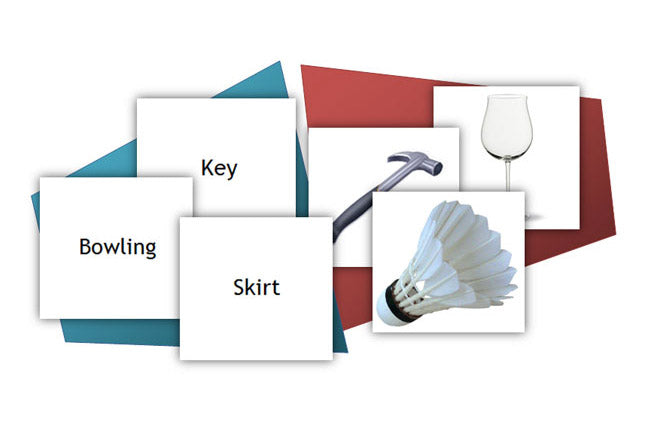


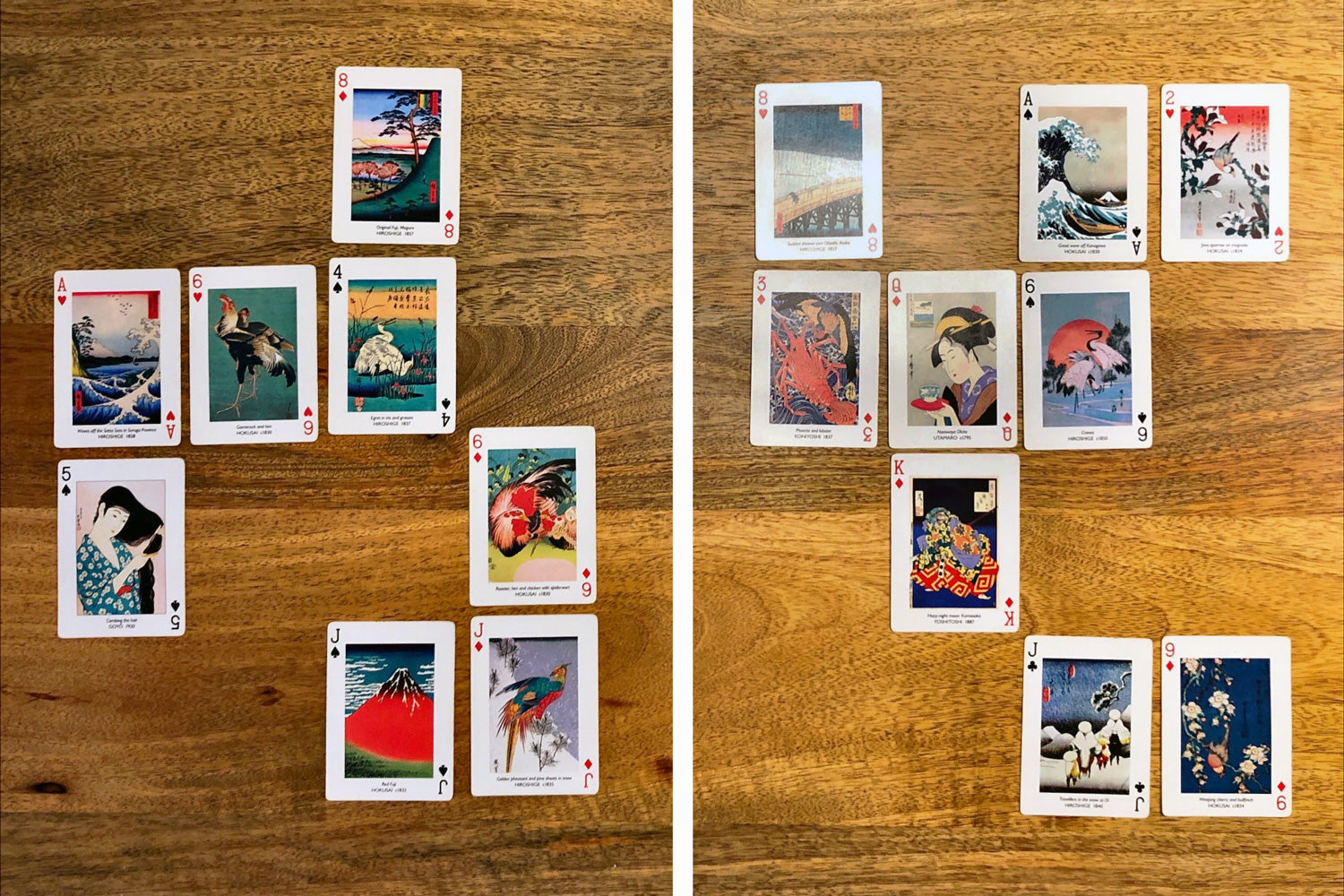

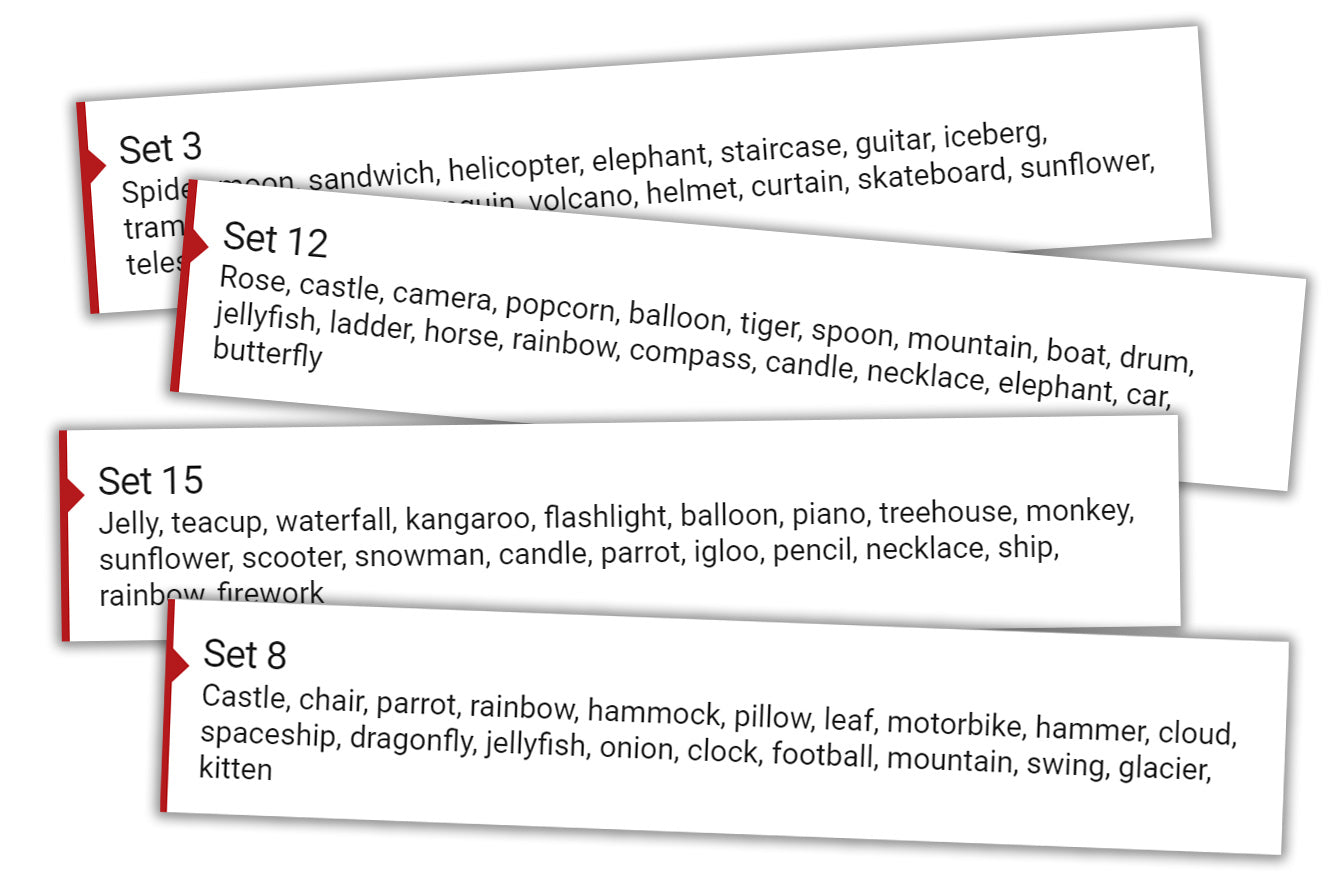
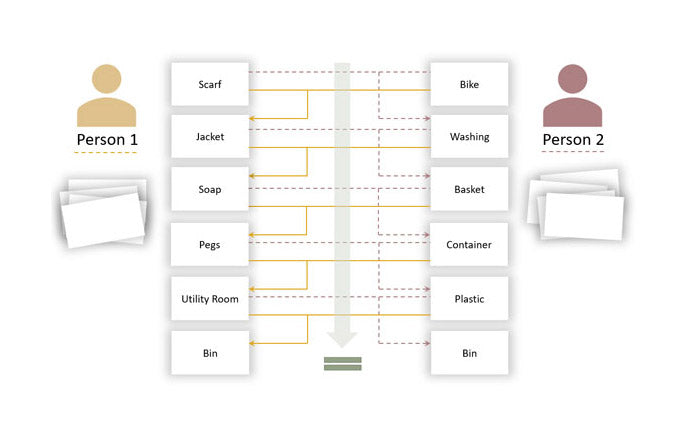

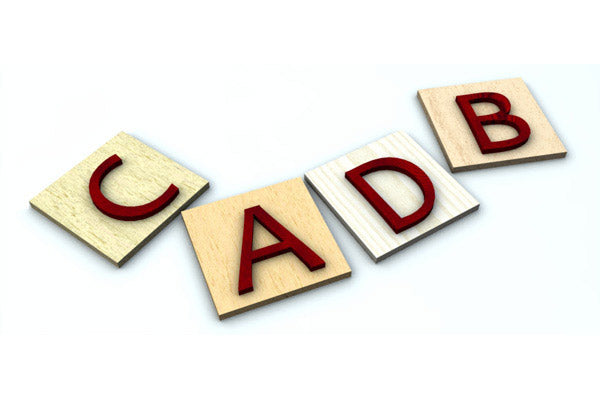
Leave a comment
All comments are moderated before being published.
This site is protected by hCaptcha and the hCaptcha Privacy Policy and Terms of Service apply.